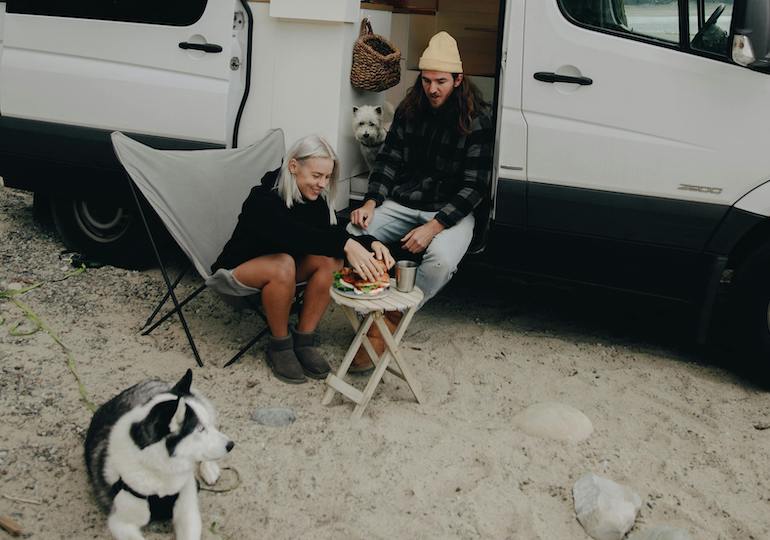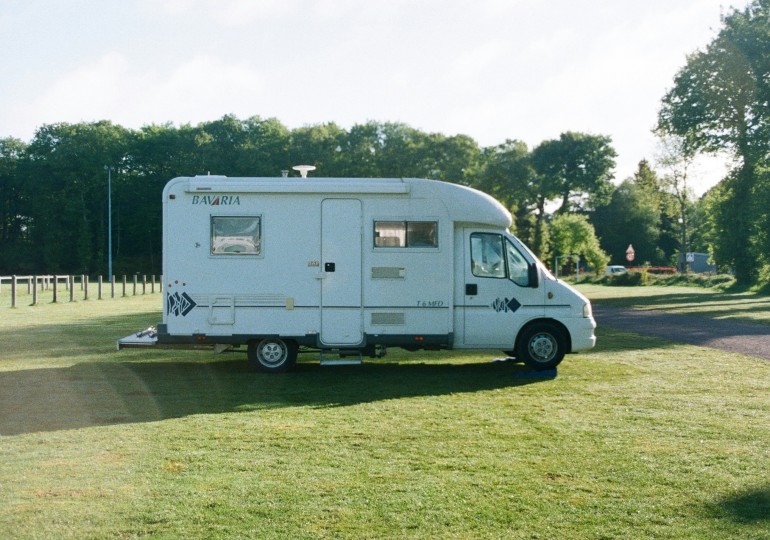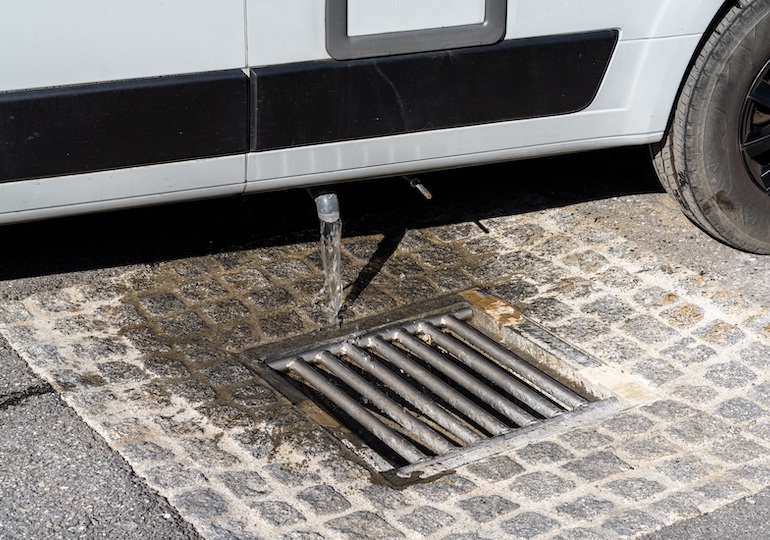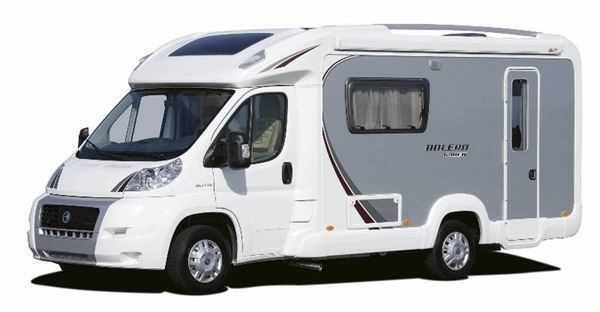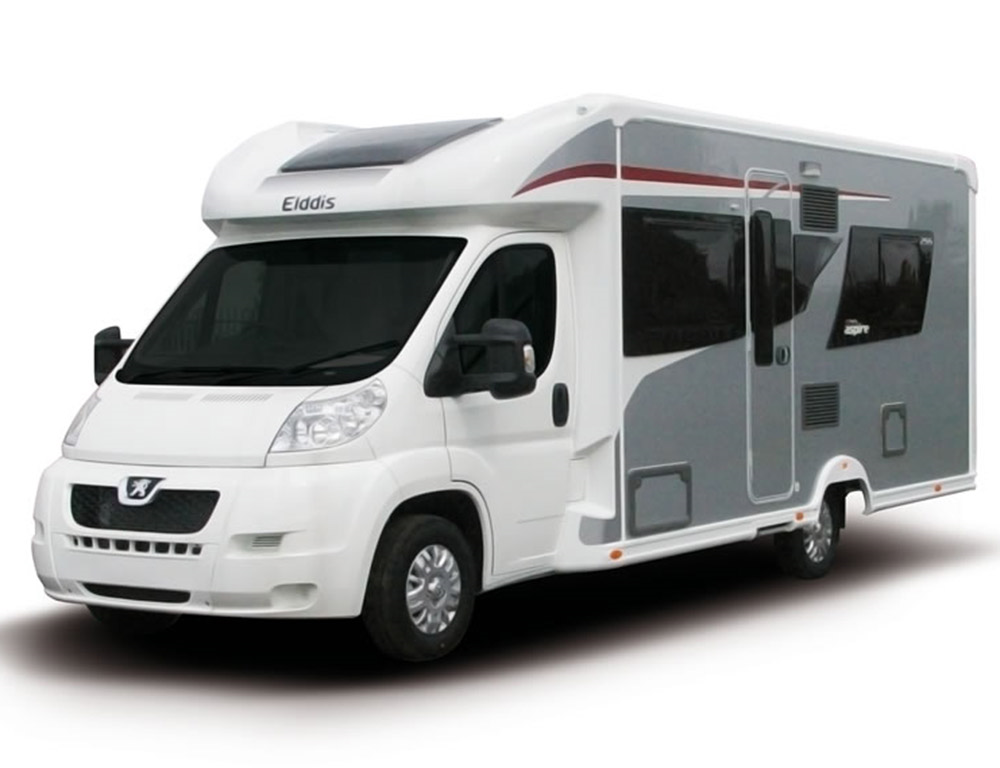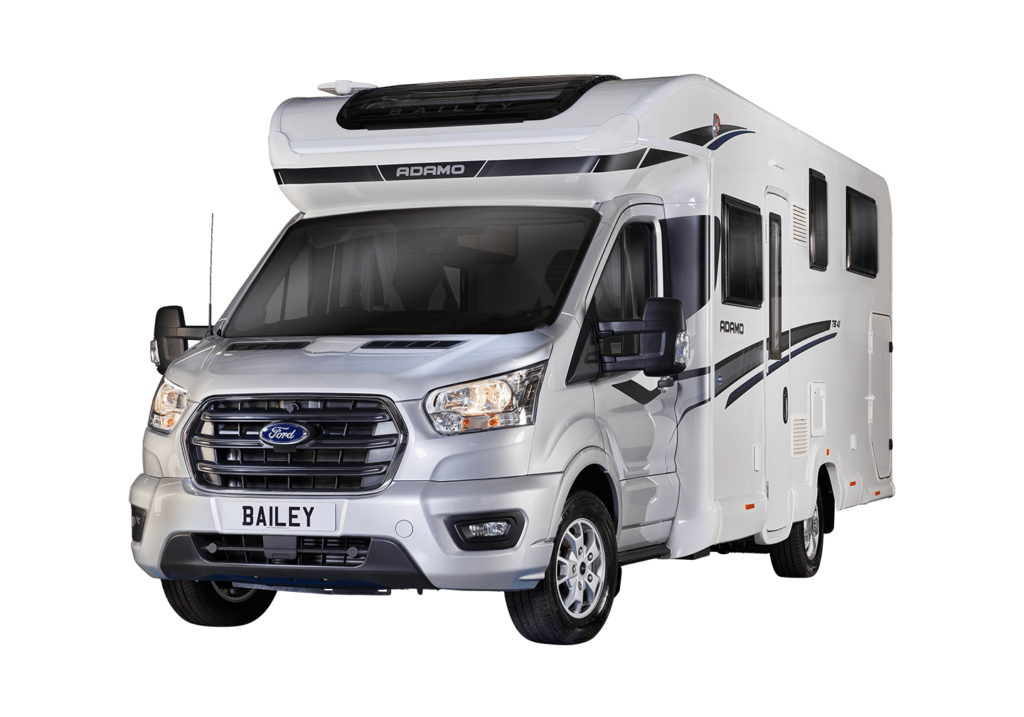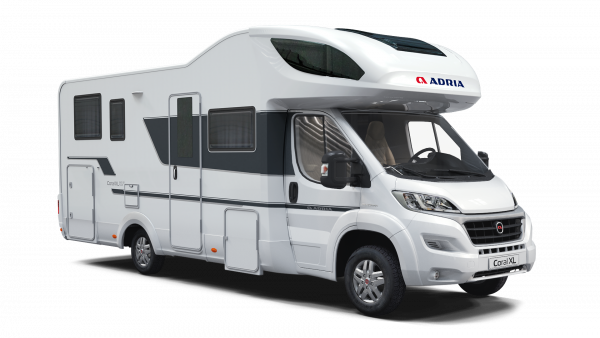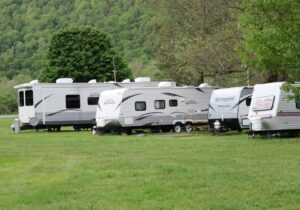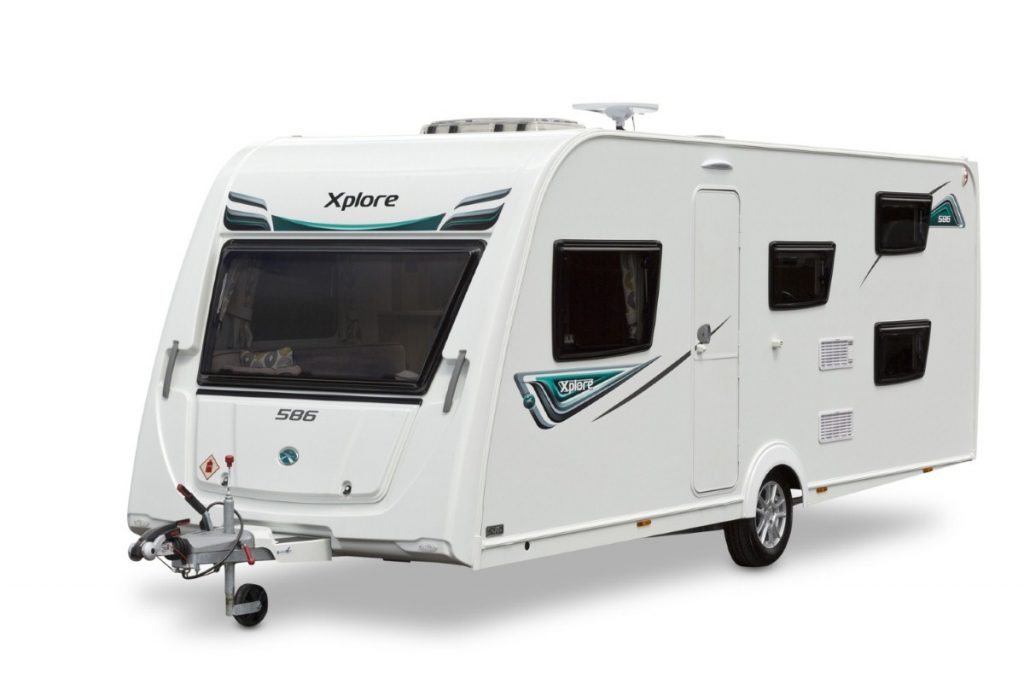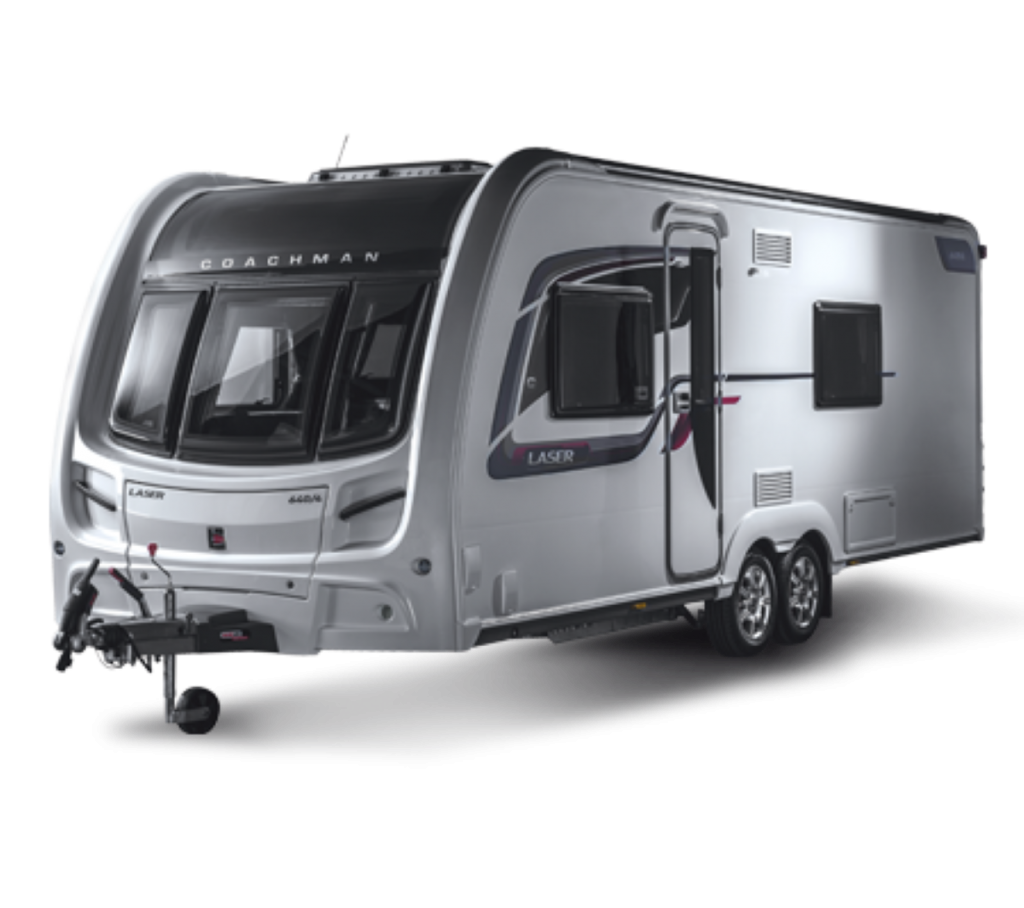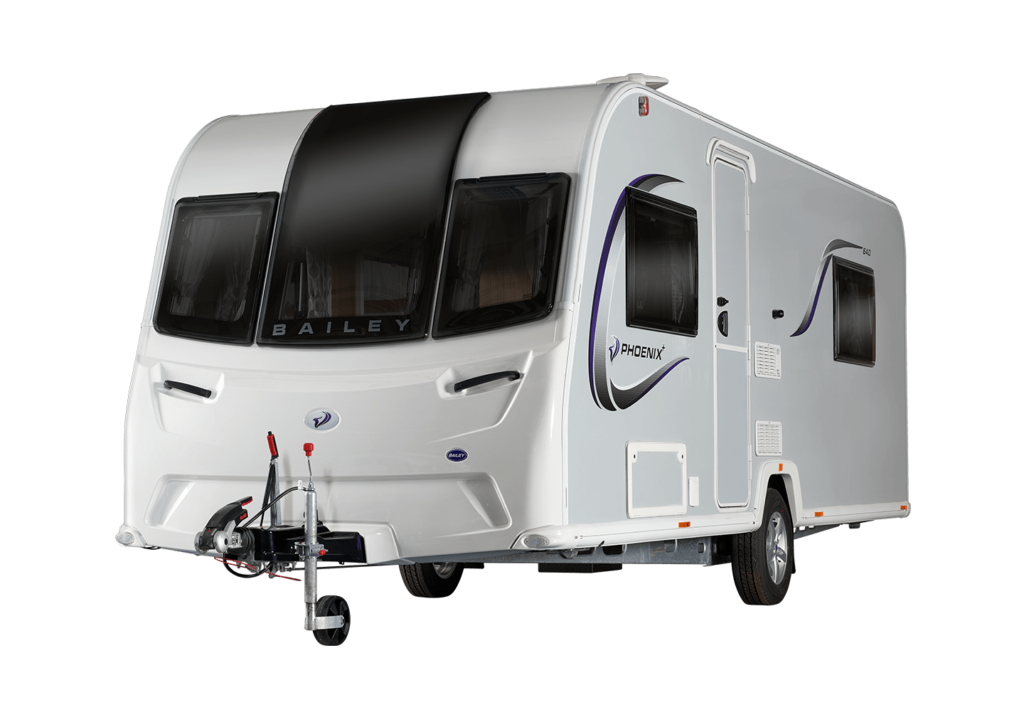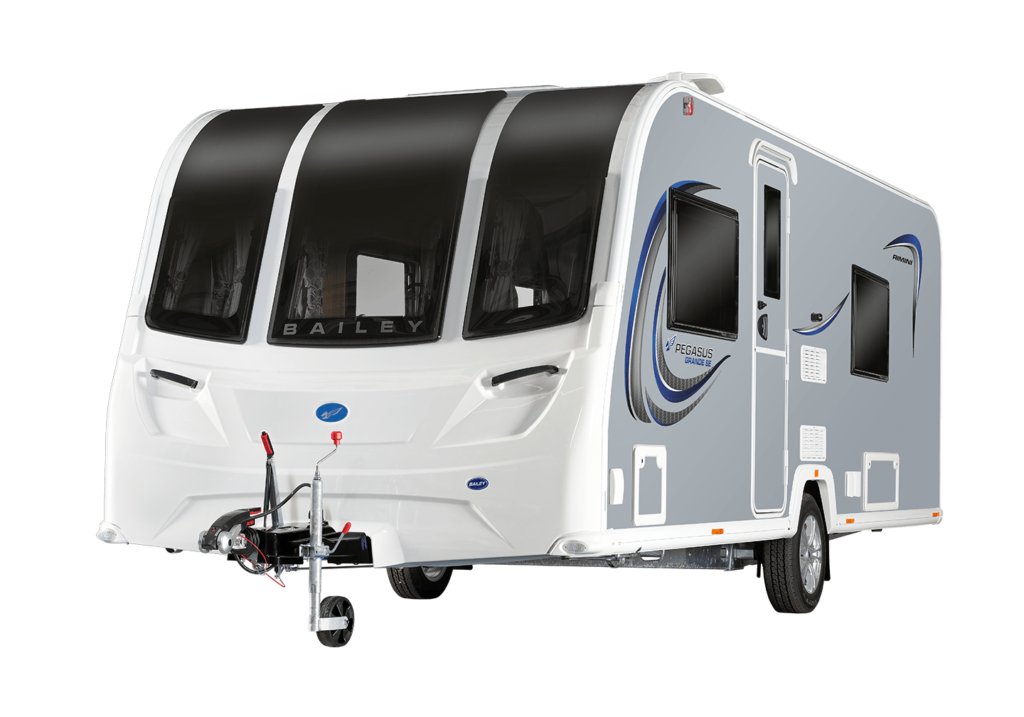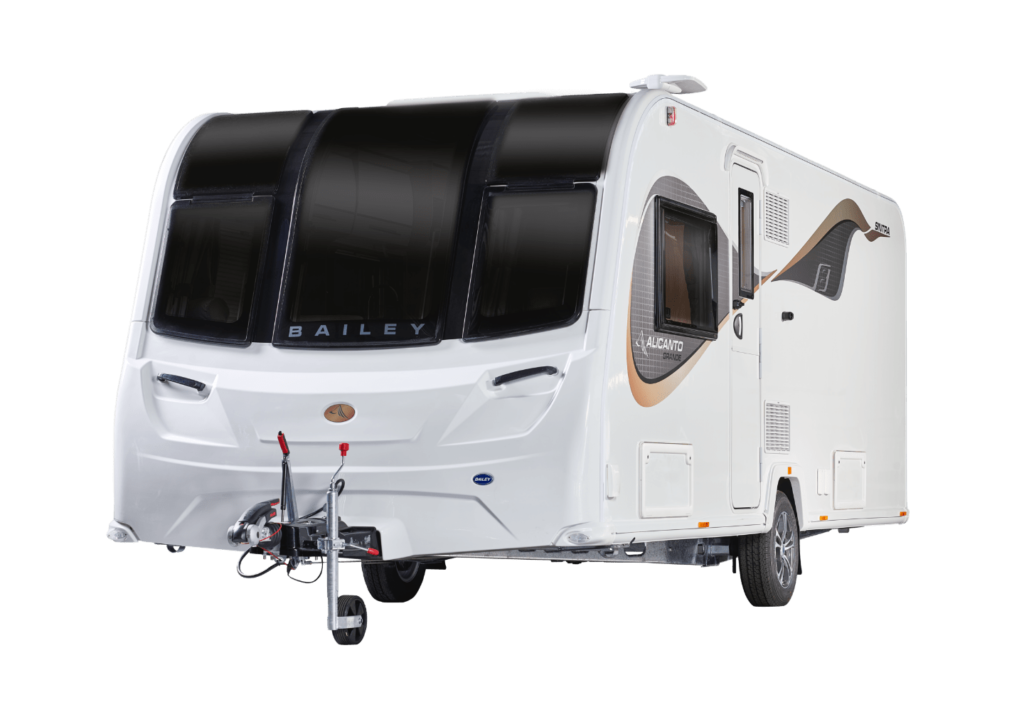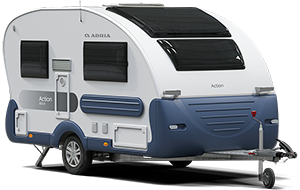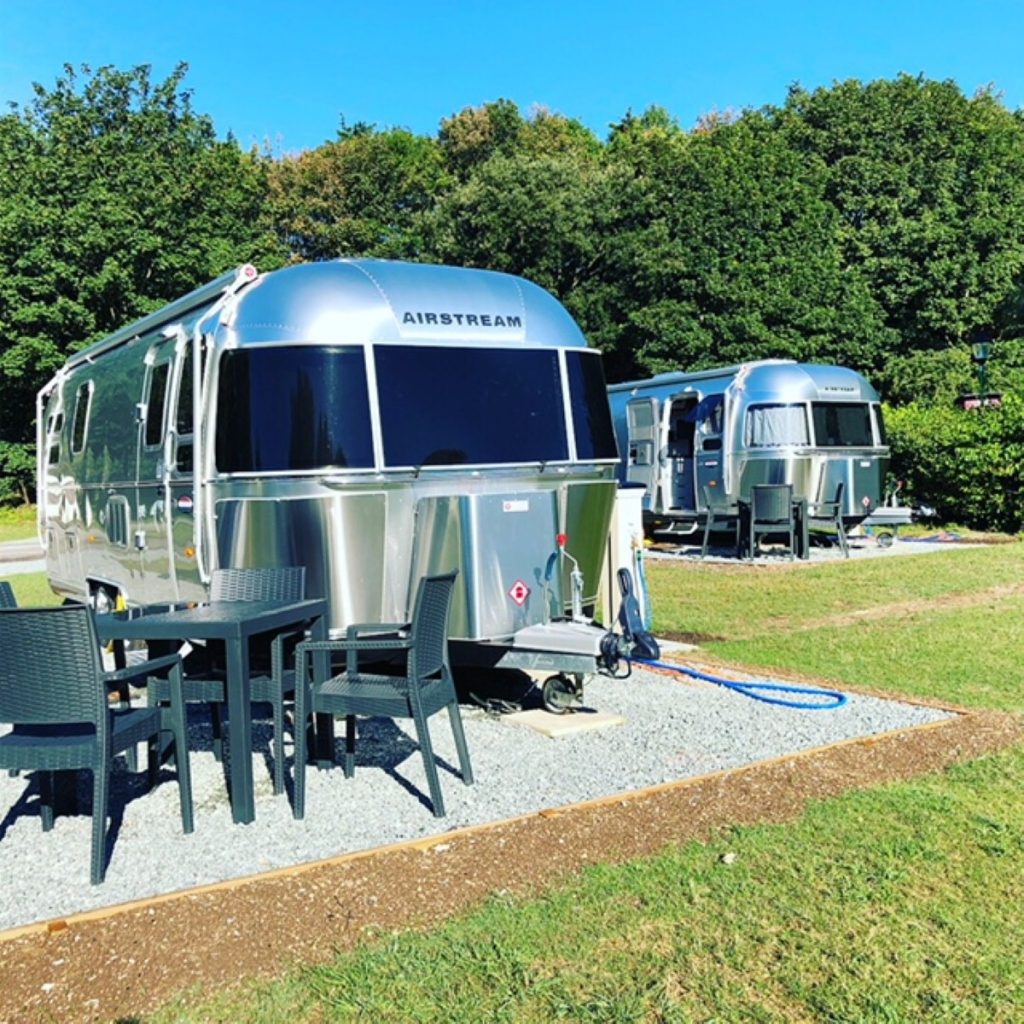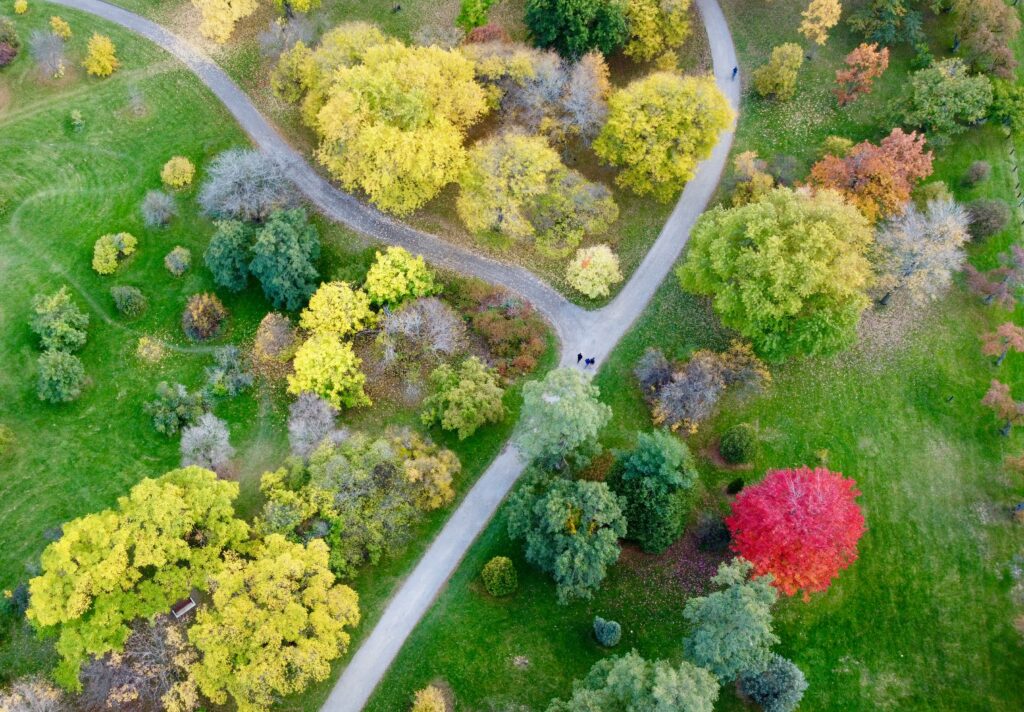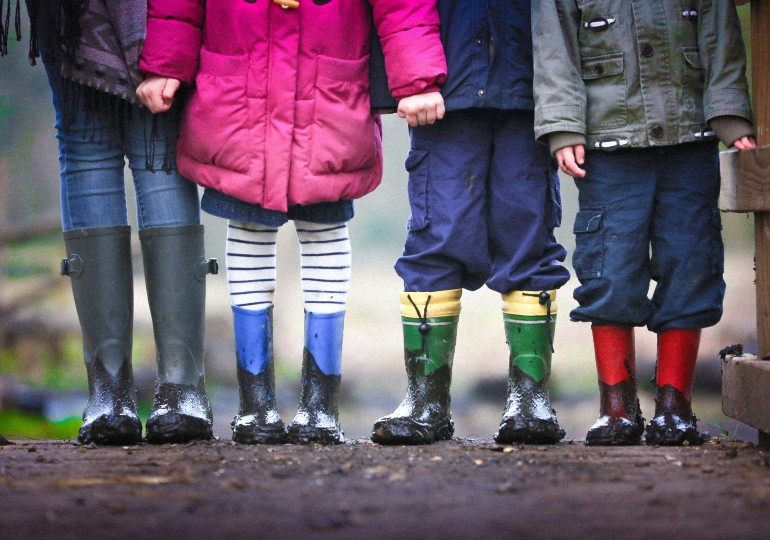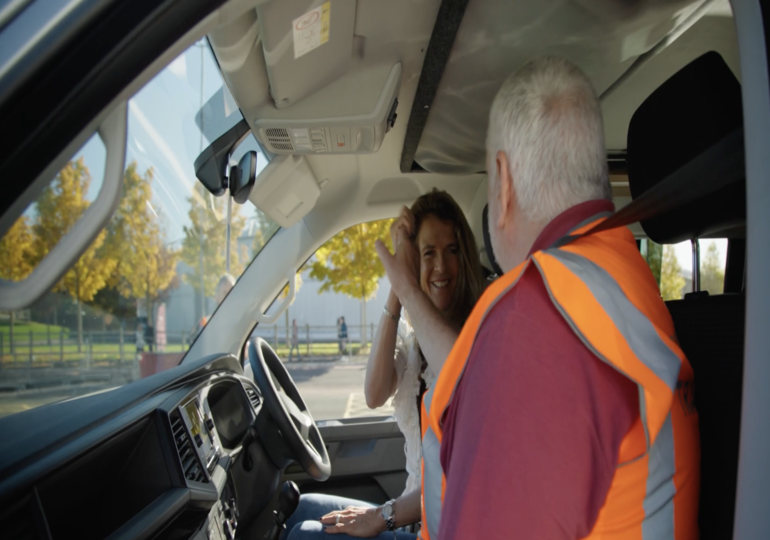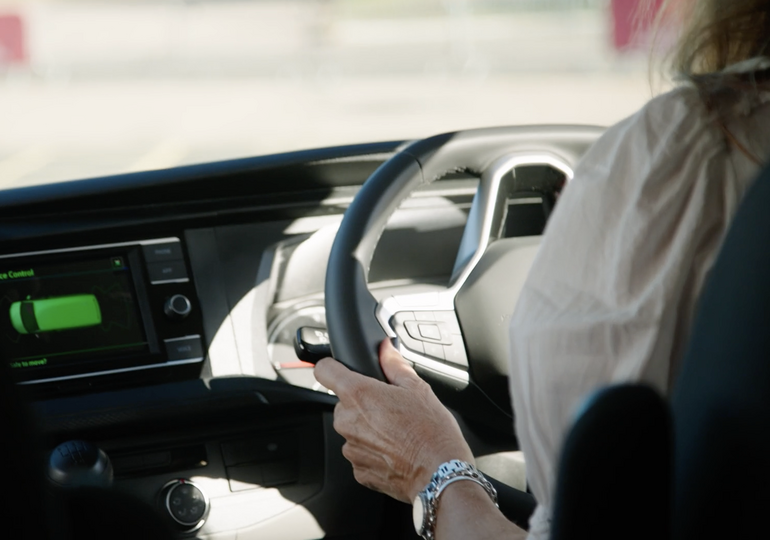Taking your dog with you in your caravan or motorhome is one of the major benefits of owning a leisure vehicle and many pet lovers set up a dedicated space for their pooch to feel at home.
At this time of year, it’s common to head into the countryside and enjoy wintry walks with your four-legged friend, but it’s important to do so safely.
Dr Emma Scales-Theobald, a leading canine behaviourist and resident expert at Canine Cottages, has warned of the unique challenges presented when hiking with your dog.
Her expert advice ensures that dogs and their humans can stay safe, happy and ready for adventure during hikes on their next caravan or motorhome trip.
Avoid rough terrain
Challenging terrain like rocky surfaces, cliff edges and steep slopes can cause a variety of issues for dogs, from damage to their paws through to the risk of falling.
Dr Scales-Theobald said: “Often, the edge of the cliff can be obscured from the dog’s vision, risking them going too close and falling.
“If there are unavoidable rocky surfaces to traverse on your hike and you’re worried about their paws, you can protect their paws with dog boots. But these will take time for your dog to get used to wearing in advance.”
Pick pup-approved trails
Having a good sniff in the countryside is good for dogs, with plenty of new smells for them to encounter, but it’s important to heed any signs that paths aren’t suitable for your four-legged friend.
Do a little bit of research in advance and select routes with clear paths, gentle inclines and manageable terrain, while wooded areas can help protect them from adverse weather in the winter.
Consider breaks, water and distance
While many owners will take more regular breaks with puppies, senior dogs or those with health conditions, even healthy adult dogs should take a break every 30 minutes to an hour.
Watch for signs of fatigue like slowing down or heavy panting and make sure to pack plenty of water, treats and food for fuel.
A towel or blanket in the back of the towcar or motorhome parked at the end of the walk will ensure your dog can get warm and dry after a wintry hike.
Follow the Countryside Code
The Countryside Code is designed to keep everyone’s experience positive while respecting nature and there are specific provisions for dogs.
Key guidelines include keeping dogs under control and close by, especially when livestock or wildlife is in the area.
Remember that dogs must be kept on a lead from March to July on open access land, even when there’s no livestock present.
Picking up after your dog should go without saying and following signs requesting leads help make the trails inviting for all visitors.
Be aware of potential hazards
The countryside is home to a number of hazards that pose particular risks to dogs and Dr Scales-Theobald recommends taking a canine first aid kit on your hikes.
Also be on the look out for:
- Ticks and insects: Tick season is typically March to October, but they can be a year-round issue. Watch out for insect bites, especially around your dog’s paws and nose, taking them out only with a tick remover.
- Wildlife and plants: Keep an eye out for adders, toxic plants and any contaminated water sources. For pups who like to swim, be mindful of river currents and underwater obstacles.
- Sticky seeds: Grass seeds cling to fur and can cause discomfort, so check your dog’s coat regularly throughout the hike.
Photo credit: Pexels/PNW Production

